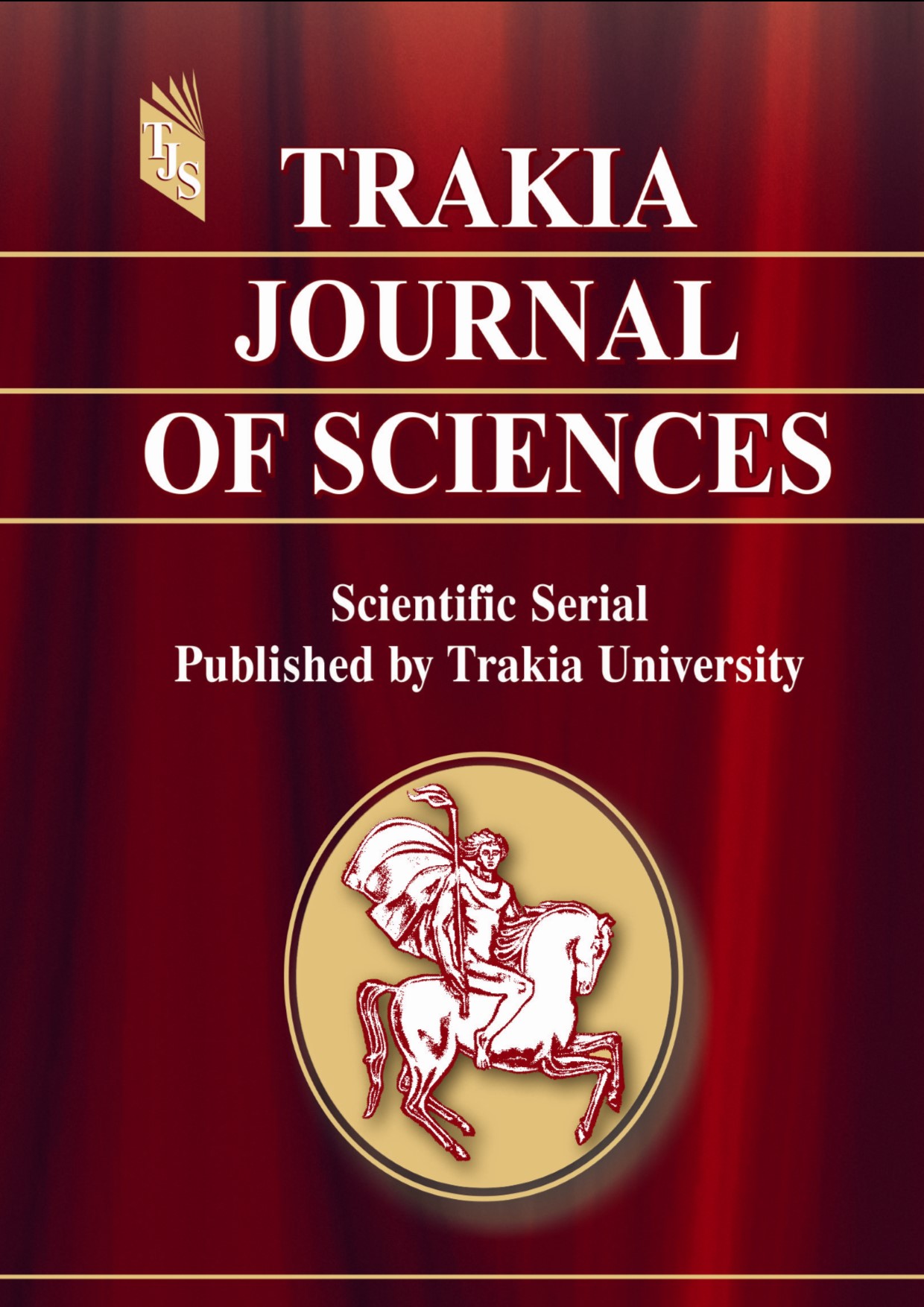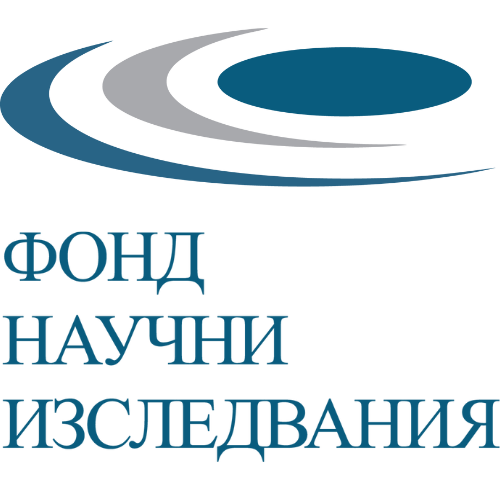PREGNANCY FOLLOWING LAPAROSCOPIC UTERINE VENTROSUSPENSION BY BILATERAL LIGAMENTOPEXY OF THE ROUND LIGAMENTS USING THE SELENA TECHNIQUE – A CASE REPORT
DOI:
https://doi.org/10.15547/tjs.2025.01.009Keywords:
ligamentopexy, pregnancy, uterine ventrosuspensionAbstract
Introduction: Reports on pregnancy following surgical correction of pelvic organ prolapse are scarce, because such an intervention is not predominantly performed at fertility age and the duration of perioperative contraception is undefined.
Case presentation: This is the case of a 32-year-old patient with a successful third pregnancy, spontaneously occurring 30 months following laparoscopic uterine ventrosuspension by bilateral ligamentopexy of the round ligaments (LUVBLRL) using the Selena technique and delivery by extraperitoneal caesarian section, without intrapartal or postpartal operative complications.
Conclusion: No operative technique for pelvic organ prolapse has been found to verify a non-risk pregnancy and there is no definitive recommendation regarding the delivery method, although caesarian section is the prevalent treatment of choice with view to preventing recurrence.
LUVBLRL using the Selena technique may be a determining factor for isthmico-cervical incompetence, but is compatible with a successful pregnancy, having no effect on pelvic organ prolapse reversibility.
References
Balsak D, Eser A, Erol O, Altıntaş DD, Aksin Ş. Pregnancy and vaginal delivery after sacrohysteropexy. Case Rep Obstet Gynecol Jun 23. 2015:305107. [PubMed - https://pubmed.ncbi.nlm.nih.gov/26199773/
Kurt S, Canda MT, Tasyurt A. A New Surgical Method of Suprapubic and Extraperitoneal Approach with Uterine Preservation for Pelvic Organ Prolapse: Kurt Extraperitoneal Ligamentopexy. ISRN Obstet Gynecol. Dec 17:2013:748232. [PubMed - https://pubmed.ncbi.nlm.nih.gov/24455290/
Li Z, Zheng Y, Shen F, Liu M, Zhou Y. A new technique for uterine-preserving pelvic organ prolapse surgery: Laparoscopic rectus abdominis hysteropexy for uterine prolapse by comparing with traditional techniques. Open Med (Wars). Oct 25;18(1):20230833. [PubMed - https://pubmed.ncbi.nlm.nih.gov/37900959/
Choi KH, Hong JY. Management of Pelvic Organ Prolapse. Korean J Urol. Nov; 55(11):693–702, 2014,[PubMed-https://pubmed.ncbi.nlm.nih.gov/v/25405010/
Śliwa J, Rosner-Tenerowicz A, Kryza-Ottou A, Ottou S, Wiatrowski A, Pomorski M. et al. Analysis of prevalence of selected anamnestic factors among women with pelvic organ prolapse. Adv Clin Exp Med. Feb;27(2):179-184, 2018. [PubMed - https://pubmed.ncbi.nlm.nih.gov/29521060/
Albowitz M, Schyrba V, Bolla D, Schöning A, Hornung R. Pregnancy after a laparoscopic sacrohysteropexy: a case report. Geburtshilfe Frauenheilkd, Oct; 74(10): 947–949, 2014. [PubMed - https://pubmed.ncbi.nlm.nih.gov/ /pmc/articles/PMC4210379/]
Bobchev T. [Operative Gynecology] [Chapter 5. Operations to correct the position of the uterus]. APCO, Sofia, 2008:107
Angelova M, Todorov I, Kovachev E. Early Prognostic Factors for the Progress of Preeclampsia – Our Experience in the Period 2010-2011. Open Access Maced J Med Sci. Sep 15; 4(3): 420–422, 2016. [PubMed - https://pubmed.ncbi.nlm.nih.gov/27703566/
Telbiyska К, Angelova M. Predictive value of transvaginal ultrasound measurement of the length of a non-gravid cervix in association with isthmic cervical insufficiency - a case from clinical practice. The official journal of the Bulgarian Society of Obstetrics and Gynecology. ISSN 0324-0959; 61 (2):38-40, 2023. [https://www.researchgate.net/publication/376852050/]
Tsikouras P, Dafopoulos A, Vrachnis N, Iliodromiti Z, Bouchlariotou S, Pinidis P, et al. Uterine prolapse in pregnancy: risk factors, complications and management. J Matern Fetal Neonatal Med. Feb;27(3):297-302, 2014. [PubMed - https://pubmed.ncbi.nlm.nih.gov/23692627/
Jefferis H, Price N, Jackson S. Pregnancy following laparoscopic hysteropexy—a case series. Gynecol Surg. Aug 17; 14(1): 16, 2017. [PubMed - https://pubmed.ncbi.nlm.nih.gov/ 28890678/]
Gil Ugarteburu R, Rúger Jiménez L, Rodríguez Villamil L, Blanco Fernández R, González Rodríguez I, Cruceyra Betriú G, et al. Laparoscopic Abdominopexy: Surgery for Vaginal Prolapse. JSLS. Apr-Jun;23(2):e2019.00012. [PubMed - https://pubmed.ncbi.nlm.nih.gov/31223227/
Price N, Slack A, S R Jackson SR. Laparoscopic hysteropexy: the initial results of a uterine suspension procedure for uterovaginal prolapse. BJOG: An International Journal of Obstetrics and Gynaecology, Jan;117(1):62-8, 2010. [PubMed - https://pubmed.ncbi.nlm.nih.gov/20002370/
Lewis CM, Culligan P. Sacrohysteropexy followed by successful pregnancy and eventual reoperation for prolapse. Int Urogynecol J. Jul;23(7): 957-9; 2012. [PubMed - pubmed.ncbi.nlm.nih.gov/ /22179338/]
Pandeva I, Mistry M, Fayyad A. Efficacy and pregnancy outcomes of laparoscopic single sheet mesh sacrohysteropexy. Neurourol Urodyn. Mar; 36(3): 787-793, 2017.[PubMed -https://pubmed.ncbi.nlm.nih.gov/ /27224927/]
Kuittinen T, Mentula M, Tulokas S, Brummer T, Jalkanen J, Tomas E. Recurrent pelvic organ prolapse after hysterectomy; a 10-year national follow-up study. Arch Gynecol Obstet. Jul 8, 2024. doi: 10.1007/s00404-024-07615-x. [PubMed - https://pubmed.ncbi.nlm.nih.gov/38976021/] https://www.semanticscholar.org/paper/
Forsgren C., Zetterström J., López A., Altman D. Risk factors for vaginal vault prolapse surgery in postmenopausal hysterectomized women. Menopause. Nov-Dec;15(6):1115-9, 2008. [PubMed - https://pubmed.ncbi.nlm.nih.gov//18596568
Husby KR., Lose G, Klarskov N. Trends in apical prolapse surgery between 2010 and 2016 in Denmark. Int Urogynecol J. Feb;31(2):321-327, 2020. [PubMed - pubmed.ncbi.nlm.nih.gov//30610266/]
Śliwa J, Kryza-Ottou A, Zimmer-Stelmach A, Zimmer M. A new technique of laparoscopic fixation of the uterus to the anterior abdominal wall with the use of overfascial mesh in the treatment of pelvic organ prolapse; Int Urogynecol J.; 31(10): 2165–2167, 2020. [PubMed - https://pubmed.ncbi.nlm.nih.gov/32303776/
Hsieh CH. A new laparoscopic technique for uterine prolapse: one-sided uterine fixation through the round ligament. Int Urogynecol J., Feb;22(2):213-9, 2011. [PubMed - https://pubmed.ncbi.nlm.nih.gov/ /20871979/]

Downloads
Published
Issue
Section
License
Copyright (c) 2025 Trakia University

This work is licensed under a Creative Commons Attribution-NonCommercial 4.0 International License.


